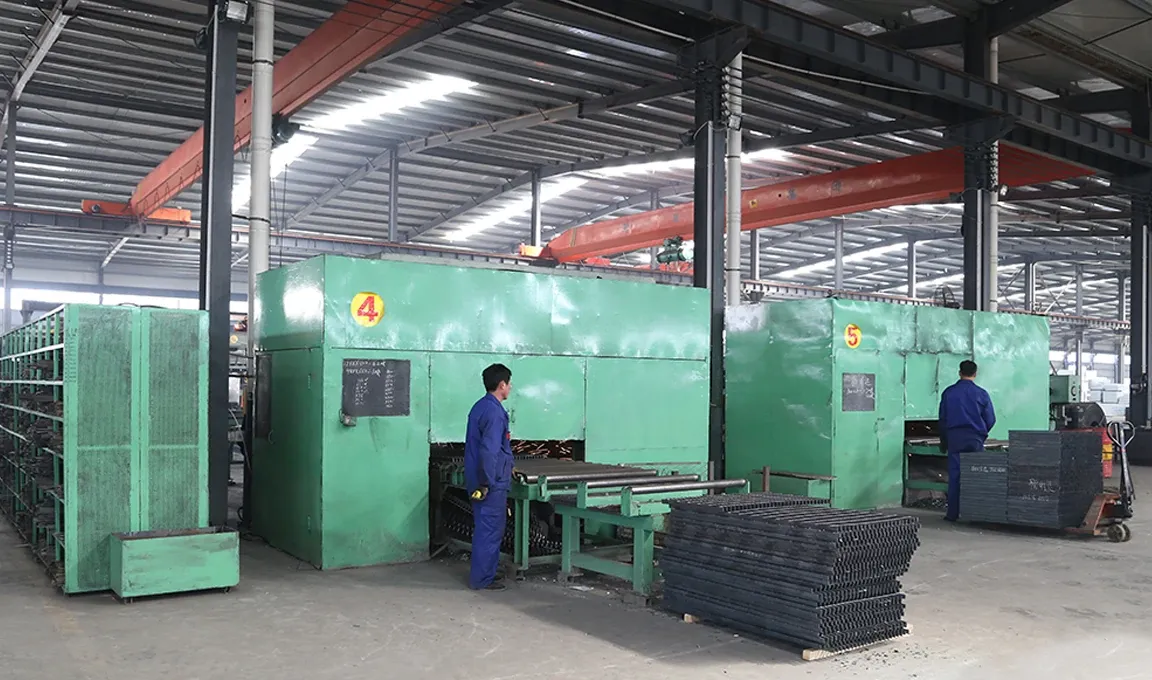The Impact and Importance of Acoustic Barrier Fences
In our increasingly industrialized world, noise pollution has become an undeniable concern. From the bustling sounds of urban life to the relentless hum of highways and airports, excessive noise can lead to a plethora of health issues and reduced quality of life. One promising solution that has gained popularity in recent years is the acoustic barrier fence. These structures are designed to absorb, deflect, or block sound waves, effectively reducing noise pollution in residential areas, workplaces, and other environments. This article delves into the significance of acoustic barrier fences, their various types, benefits, and potential challenges.
What are Acoustic Barrier Fences?
Acoustic barrier fences are specialized soundproofing installations that serve to mitigate noise pollution. Typically constructed from high-density materials such as concrete, wood, or composite materials, these fences are strategically placed around noise sources—such as highways, railways, and construction sites—and adjacent residential areas. The primary function of these barriers is to create a physical obstruction that interrupts sound waves, thereby decreasing noise transmission to the surrounding environment.
Types of Acoustic Barrier Fences
Acoustic barriers can be classified into several categories based on their design and materials
1. Solid Barriers These barriers typically consist of dense materials like concrete or mason blocks. They are highly effective in blocking sound transmission due to their mass and height.
2. Perforated Barriers These barriers contain openings or perforations that allow some sound to pass through. They are often designed with sound-absorbing materials to reduce echo and reverberation, making them ideal for urban settings with limited space.
3. Natural Barriers Employing trees, shrubs, or earth mounds, natural barriers utilize natural elements to absorb and deflect sound. Apart from their acoustic benefits, they also enhance aesthetics and improve air quality.
4. Hybrid Systems Some acoustic barriers combine solid and natural elements, enhancing both sound absorption and visual appeal. These systems often use a combination of materials to optimize their effectiveness and environmental impact.
Benefits of Acoustic Barrier Fences
The advantages of implementing acoustic barrier fences in different settings are numerous
acoustic barrier fence

1. Noise Reduction The primary benefit is, of course, the significant reduction of noise levels. By decreasing sound transmission, these barriers contribute to a quieter environment, promoting better sleep, relaxation, and overall well-being.
2. Health Improvements Prolonged exposure to high noise levels has been linked to a range of health issues, including stress, hypertension, and cardiovascular diseases. Acoustic barriers help mitigate these risks by providing a quieter living and working environment.
3. Enhanced Property Value Homes and businesses located near noisy areas can suffer from decreased property values. The installation of acoustic barriers can enhance the desirability of such properties, leading to better market performance.
4. Environmental Benefits Many modern acoustic barriers are designed with eco-friendly materials and practices, promoting sustainability. Natural barriers, in particular, can support biodiversity and wildlife habitats.
Challenges and Considerations
While acoustic barrier fences offer numerous benefits, there are also challenges to consider
1. Cost Depending on the materials and design choices, the installation of acoustic barriers can be costly. Property owners and municipalities must weigh the long-term benefits against initial investments.
2. Aesthetic Impact Some may find traditional solid barriers visually unappealing. This challenge can be addressed through thoughtful design and landscaping that blends the barriers into the surrounding environment.
3. Regulatory and Zoning Issues There may be zoning laws and regulations that dictate where and how barriers can be installed. It is essential to work with local authorities to ensure compliance.
4. Maintenance Like any structure, acoustic barriers require maintenance over time. Factors such as weather, decay, and vandalism can necessitate repairs to maintain their effectiveness.
Conclusion
Acoustic barrier fences represent an effective solution to the pervasive issue of noise pollution, offering both environmental and health benefits. By carefully selecting suitable designs and materials, communities can significantly improve their living conditions. While challenges exist, the importance of fostering a quieter environment for future generations cannot be overstated. Investing in acoustic barriers not only enhances quality of life but also underscores our commitment to sustainability and community well-being.
-
Versatility of Expanded Aluminum Metal for Various Applications
NewsMay.19,2025
-
The Geometry of Steel Gratings: Why It Matters
NewsMay.19,2025
-
Reinforcement Applications of Perforated Mesh in Masonry
NewsMay.19,2025
-
Essential Tools for Installing a Deck Mesh Railing
NewsMay.19,2025
-
Anti-Slip Flooring Made with Stainless Expanded Mesh
NewsMay.19,2025
-
Adjustable Steel Grating for Uneven Terrain
NewsMay.19,2025
Subscribe now!
Stay up to date with the latest on Fry Steeland industry news.

